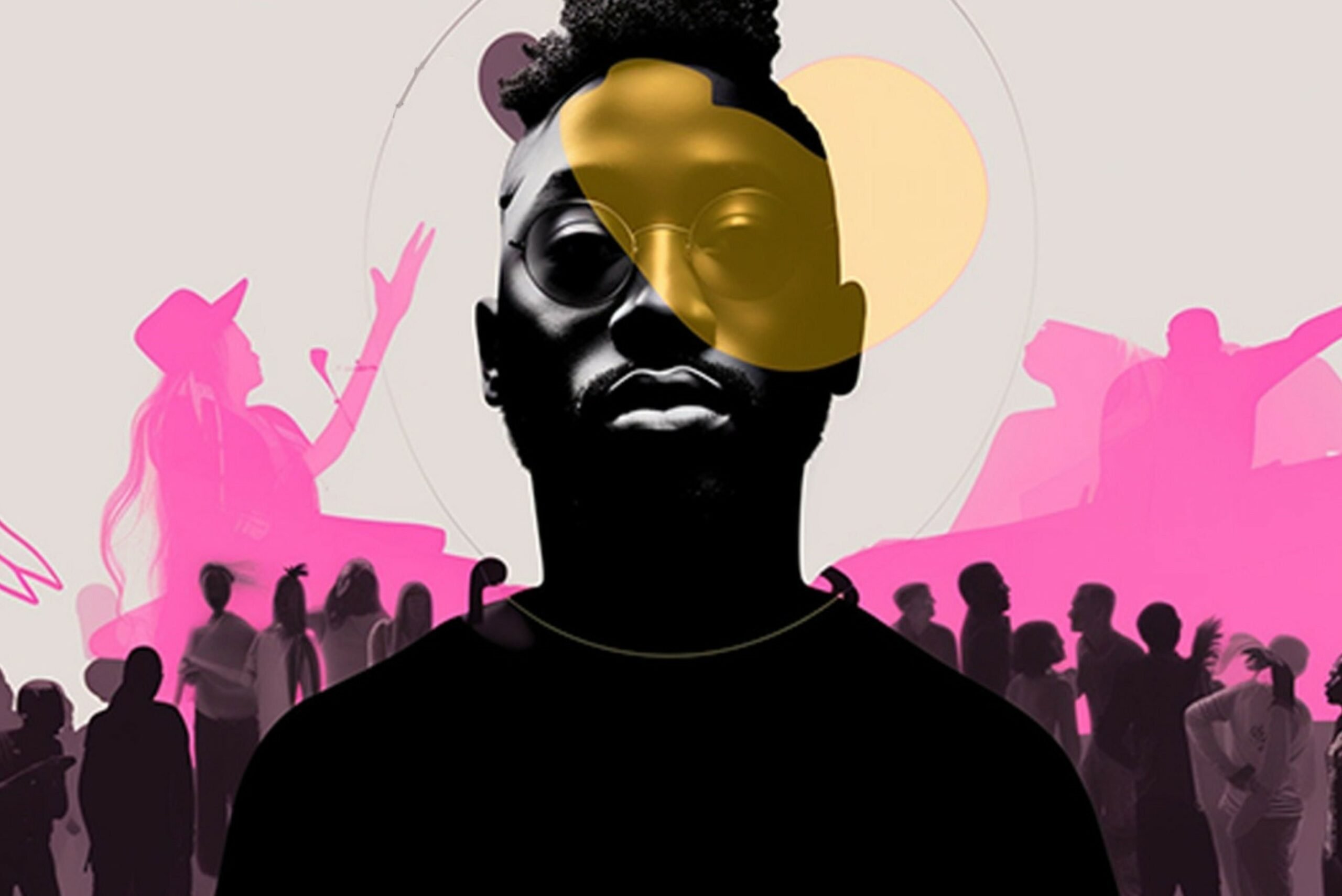
Decolonising Memory - Digital Bodies in Motion emerged from conversations between Kwesi Johnson and Cleo Lake sparked by the toppling of the Colson statue
Photo: Kwesi Johnson
Reshaping public discourse around migration
As the landscape of research collaboration evolves, NCACE’s Suzie Leighton examines how research can fuel creative activism – with contributions from Catherine Clarke, Kwesi Johnson and Neelam Raina.
Recent years have seen a shift in how universities approach working with diverse communities, both in the UK and globally. The focus is moving away from research on or about these communities to one that emphasises building collaborative relationships that acknowledge the rich knowledge and expertise within communities, and the contribution that they make to our collective lives.
These collaborations provide platforms for sharing wisdom and resources, with important initiatives such as Shades of Noir and the Black South West Network’s Charter for Co-Produced Research driving us towards fairer modes and methods of collaboration. The arts and cultural sector plays a central role, offering participants opportunities to share experiences in creative and authentic ways while addressing complex societal issues.
Critical discussion on decolonisation
One example is Decolonising Memory – Digital Bodies in Motion. This initiative emerged from conversations between artists Kwesi Johnson and Cleo Lake sparked by the toppling of the statue of Edward Colson in Bristol.
Colson enslaved and trafficked 1,000s of Africans across the Atlantic. Johnson and Lake partnered with Dr Jessica Moody and a wider team at Bristol University to explore the city’s ties to the transatlantic trade of enslaved Africans.
Funded by UK Research and Innovation, Decolonising Memory – Digital Bodies in Motion culminated in a memorial dance and an augmented reality (AR) art and performance trail, engaging the public in critical discussions about decolonisation and Bristol’s historical ties to slavery.
The project incorporated workshops that blended dance, visual art, spoken word, African history and city tours examining how Bristol’s history and buildings, funded by the profits of slavery, impacted local communities.
The creative process explored these overlooked histories embedded in the city’s streets and monuments. The AR trail, which uses smartphones to explore key locations, brings these histories to life with digital overlays and spoken-word narratives.
For instance, AR effects reveal the names of enslaved Africans whose free labour indirectly built the city, and Colston’s statue is replaced by a step pyramid, showcasing motion-captured choreography from the memorial dance. The project disrupts traditional heritage engagement, sparking important conversations about legacy and responsibility
Revealing rich histories
Collaboration between the arts and higher education plays an important role in challenging pervasive political narratives around migration and the role of migrant communities in the past and contemporary life of the UK.
The Centre for the History of People, Place and Community (CHPPC) at the University of London Layers of London project collects and shares migration histories through a map-based platform, highlighting the stories of Greek and Cypriot communities, the first Pakistani Muslim magistrate, and Windrush passengers, among others.
The project has also hosted events such as a zine-making workshop with Refugee Tales, which involves people with lived experiences of the asylum system. The rich contributions that migrant communities have made and make to the life of the city are revealed through the map, a counterpoint to narratives that frame migration as a problem or a burden to society instead of a gift.
Another CHPPC project The Windrush Scandal in a Transnational and Commonwealth Context delved into the Windrush scandal, using a transnational framework to explore the scandal’s global impact. In partnership with the Black Cultural Archives, the project involved interviews and creative works, including contributions from poet John Agard.
By placing these stories within the broader context of post-colonial and Commonwealth relations, the project highlighted the importance of understanding the agency of various actors on both sides of the Atlantic.
From research collaboration to activism
An inspiring example of cultural collaborative research making a real-world impact is the Culture and Conflict 2 project (part of the GCRF Gender, Justice and Security Hub), led by Dr Neelam Raina at Middlesex University. Between 2019 and 2024, this project – as part of the wider work of the hub – focused on the role of cultural knowledge in conflict settings, specifically in Afghanistan. It examined how women use traditional crafts like embroidery and weaving for survival, resilience, and reconstruction in post-conflict situations.
Workshops for Afghan craftswomen allowed participants to transform these practices, amplifying their economic and social value while contributing to broader conversations about gender and justice.
However, when Kabul fell in August 2021, the project pivoted urgently. Dr Raina and her team mobilised to evacuate Afghan colleagues who were at risk due to their association with UK-funded projects. The experience made Dr Raina confront the realities of forced migration, where individuals are often reduced to labels like ‘refugee’ or ‘migrant’. She reflected that the academic world must examine these classifications through the lens of humanity and dignity.
In response, she helped establish the All-Party Parliamentary Group for Afghan Women and Girls, creating a platform to bring lived experiences to policymakers. She views the evacuation as a moral imperative tied to the principles of the research project, highlighting the connection between academic work and activism.
The project now aims to reshape public discourse around migration in the UK, ensuring that justice and equality remain central to its mission.
Evolving research collaboration landscape
These examples illustrate the growing importance of collaboration between the arts and research to examine pressing social and political issues. From decolonising the history of the UK to challenging current migration narratives, work of this nature demonstrates how higher education and the arts working together can intersect with activism, create change and fuel challenge and debate.
As the landscape of research collaboration evolves, these initiatives show the potential for meaningful partnerships to help shape cultural memory, public policy and societal values.
Join the Discussion
You must be logged in to post a comment.